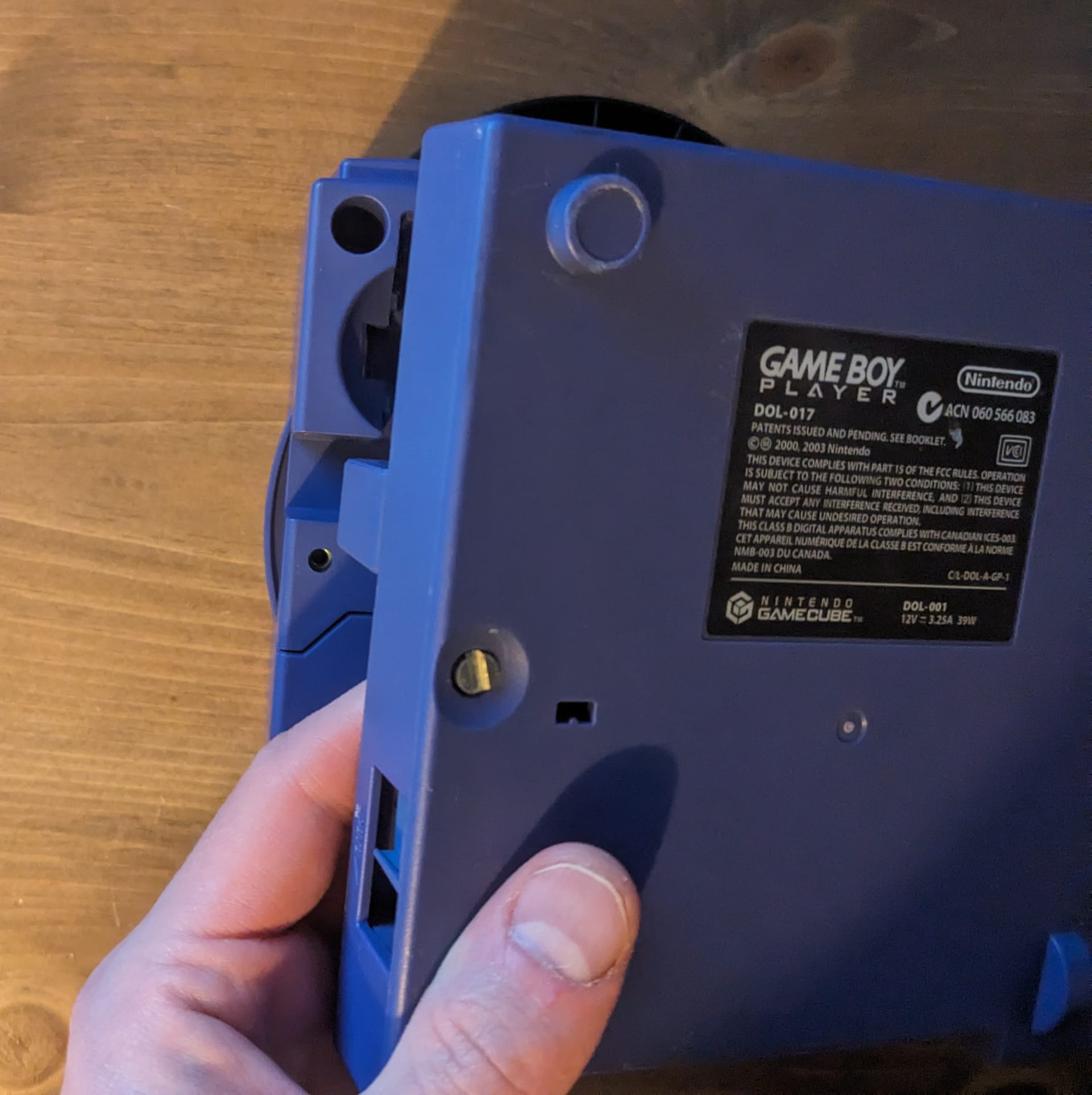One flaw with every Nintendo console.
Or "why I'm very concerned about the viability of the Switch 2."
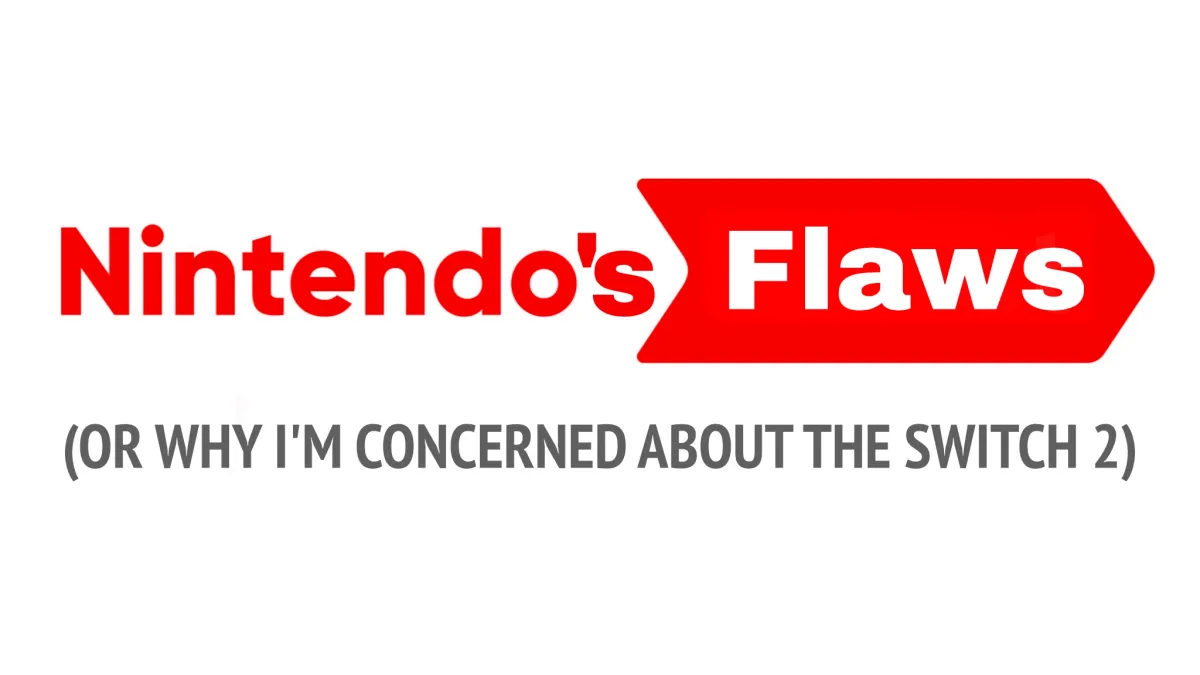
Nintendo makes great games, but their track record when it comes to hardware? Well, it would be generous to call it a mixed bag.
This article isn't going to be a lament about slow or outdated hardware. Nah. I believe that the preoccupation with specifications and performance numbers is an advertising-borne mental sickness.
Instead, I believe that consoles and PCs should be judged on their merits as a complete unit first and foremost (and their mod-ability a close second).
That's why I'm writing this article. I'm diving, head-long into the most egregious issues with Nintendo's systems. I'm going to order this list chronologically where we'll cover mainline consoles and we will touch on hardware revisions when relevant.
So let's get into this list!
1985 - The Nintendo Entertainment System

The Nintendo Entertainment System, the NES, or the Original Nintendo as we called it back in the day... Nintendo's first true home console.
This was the first console I ever played. It was incredible. I remember sitting on the floor at my friend Caleb's house. We played Super Mario Bros 3 on his family's CRT. It was like playing a cartoon.
But before we could actually get the game to work, we had to blow into the cartridge to "clean the game."

It's common knowledge nowadays that you should not blow into the cartridge since the humidity from your breath and any particulates that might accompany it will only serve to make the situation worse.
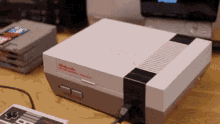
Despite playground wisdom blaming a dirty cartridge, that usually wasn't the actual problem. It was the fundamental flaw in the design of the cartridge loading mechanism.
When you'd load a game into your console and press it down, you'd end up bending the pins on the motherboard. Eventually you'd deform the pins to such a point that they'd no longer reliably make contact with the cartridge. And if the CIC Security Chip on the motherboard couldn't communicate with the cartridge, you'd get the notorious blinking red light.
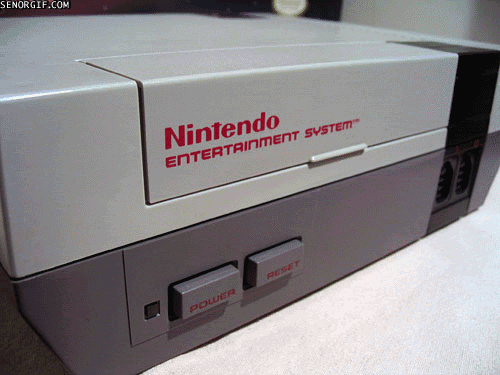
Nintendo's very first mass-market system and they're already off to a bad start. This doesn't bode well for the next 35 years... [ominous musical sting]
Flaws:
The loading mechanism destroyed the cartridge contacts.
1989 - Game Boy
What can be said about the Game Boy? I remember when I got my first DMG-01. It was around the time that the Game Boy Color released (don't worry, we'll get to that). I inherited it from my friend Caleb, actually.
I played Pokémon Blue on that bad boy for hours at a time. But it's hard to revisit any game on the original hardware because of the un-backlit screen.
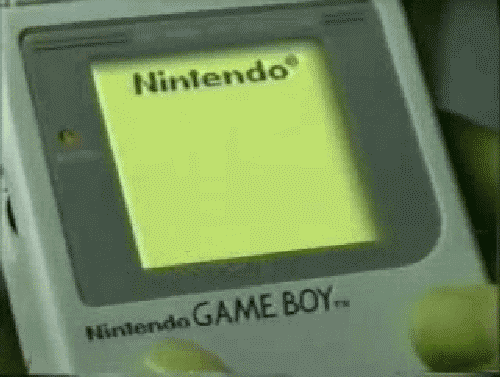
If you've never played a game on the original GB hardware–you're in for a nasty surprise.
At the time the screen was mostly serviceable... it was novel and exciting technology. There was this kid I used to go to church with–let's call him "Nephi." When I showed him my Game Boy, he was extremely confused.
He kept looking at the screen and then craning his head around to look at the back of the device.

He did this several times before I asked what he was up to. He asked "how did they make the TV so small?"
This kid was looking for the massive cathode ray tube that he thought should've been sticking out the back of the Game Boy.
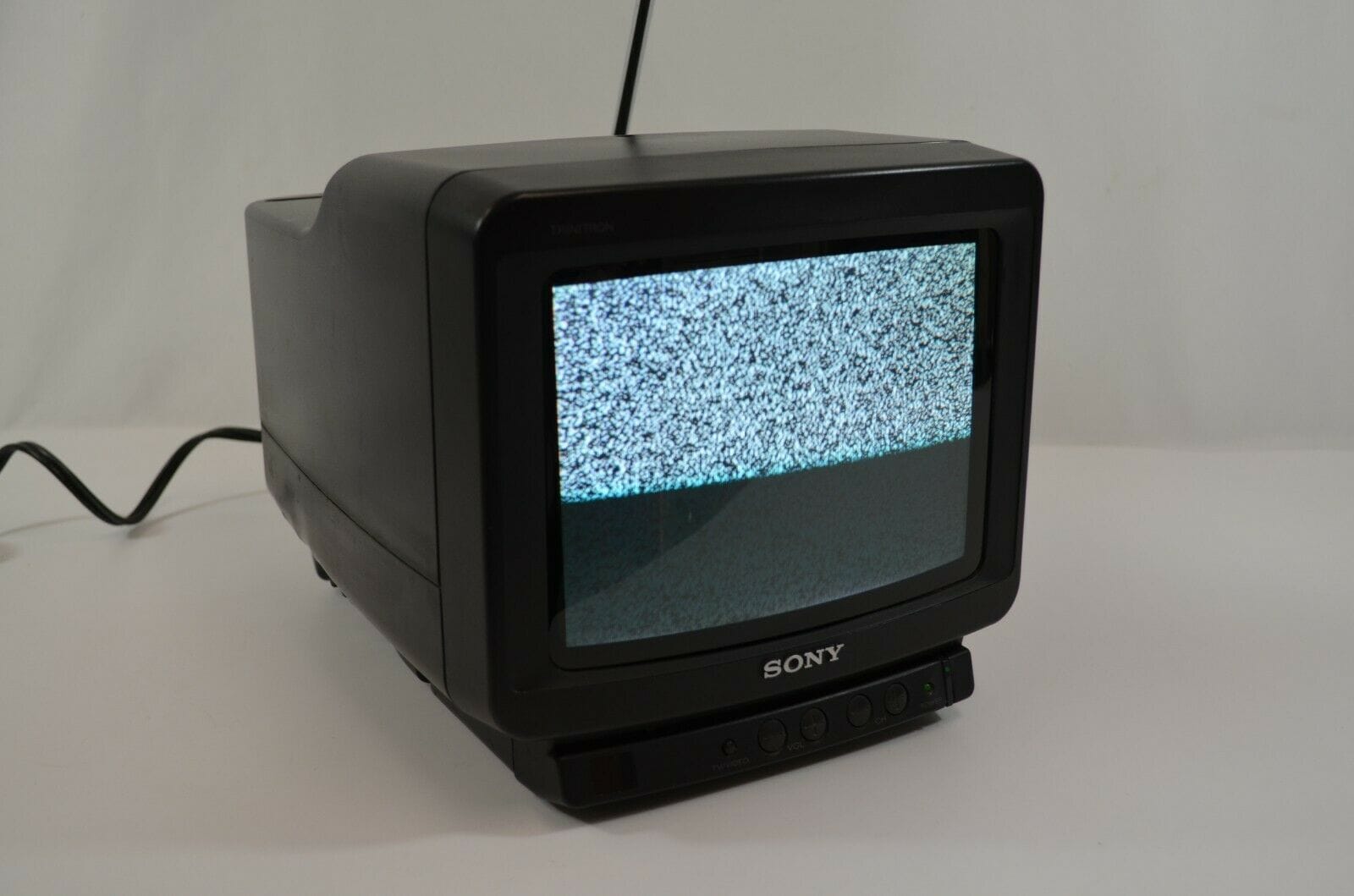
So it's fair to say that the Dot Matrix Display was novel for the time. But today, the display is basically unusable. The pixel response time caused ghosting, the contrast was incredibly low, and, did I mention there was no backlight?

These were criticisms of the Game Boy's screen at the time... but, to be fair, I never noticed anything was wrong with the screen until adulthood.
However, I've got another criticism and it's one that I had as a kid: batteries.
I grew up in a poor family. We had no money for batteries, but the DMG-01 used four AA cells and it would chew through them. I beat Pokemon Blue by burning through at least five sets. I'd steal the batteries from remotes or wherever I could find them!
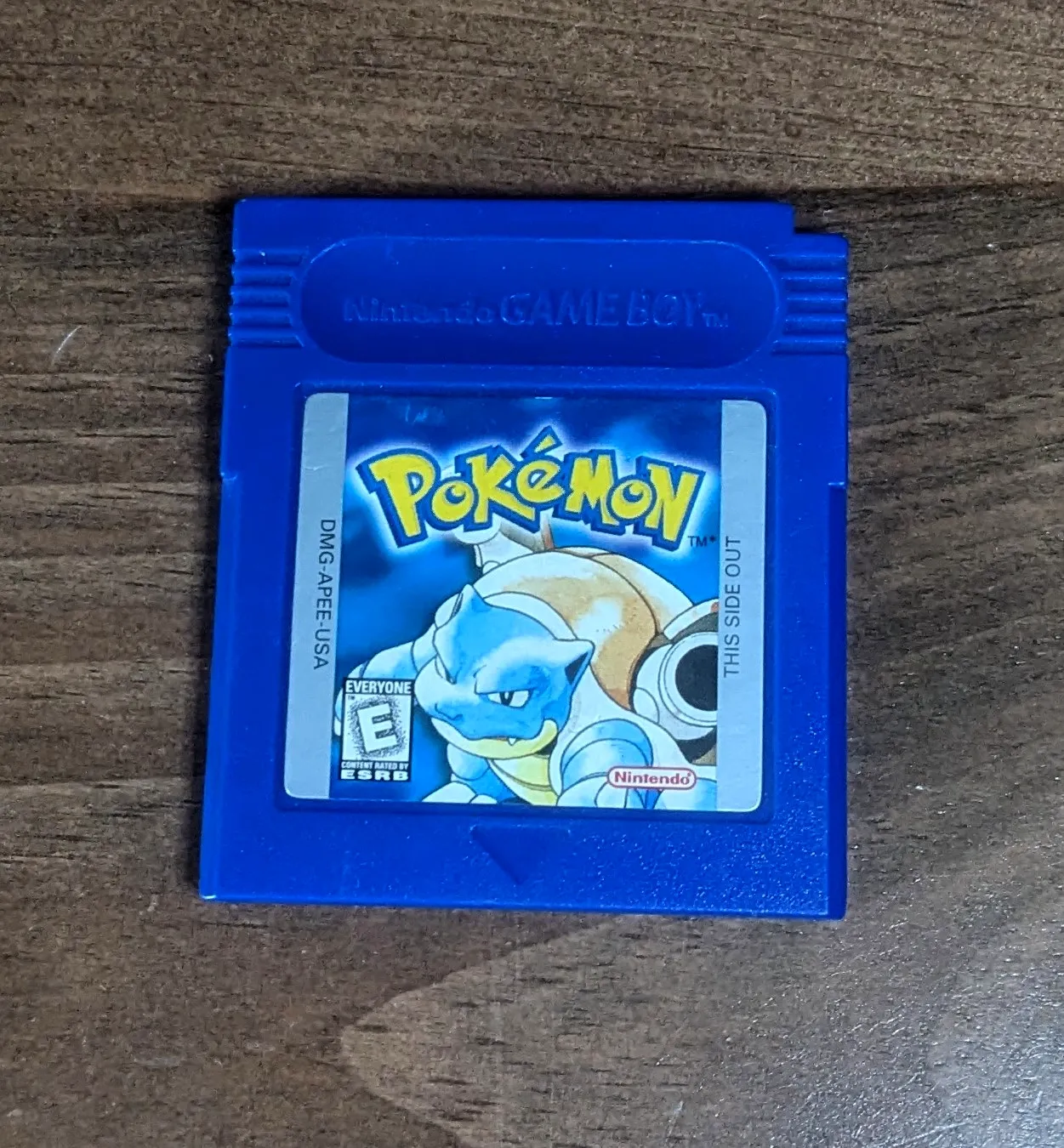
That was a costly hobby for me and that's why I ended up asking for a power supply for my birthday.
Flaws:
The requirement of four AA Batteries and an outdated, un-backlit screen.
1991 - Super Nintendo

When I started making this list, I had so many flaws at the forefront of my mind with just about every Nintendo system that I was like, "oh, I won't even need to research this."
But I was surprised when I got to the Super Nintendo. There are so many flaws with other Nintendo systems that the SNES didn't register to me.
I'm not going to lie... there aren't many flaws with this console. However, I'm not going to have to stretch here to find one. It's one I encountered as a kid, too.
See, my big cousin Josh had the NES and SNES before he went off to college and his mom (that would be my aunt) Cindy asked me if I wanted them. This was 1995 or '96 and I was like "heck yes, I do!"
So she not only gave me a big box with the consoles, controllers, and games, but also the NES TV Stand and a little CRT to go on top.

I was so stoked... but when I got everything home and started setting things up, I realized that the SNES's power adapter was missing.
"No big deal," I said to my 8 year old self. "I'll just use that modular power adapter I have."
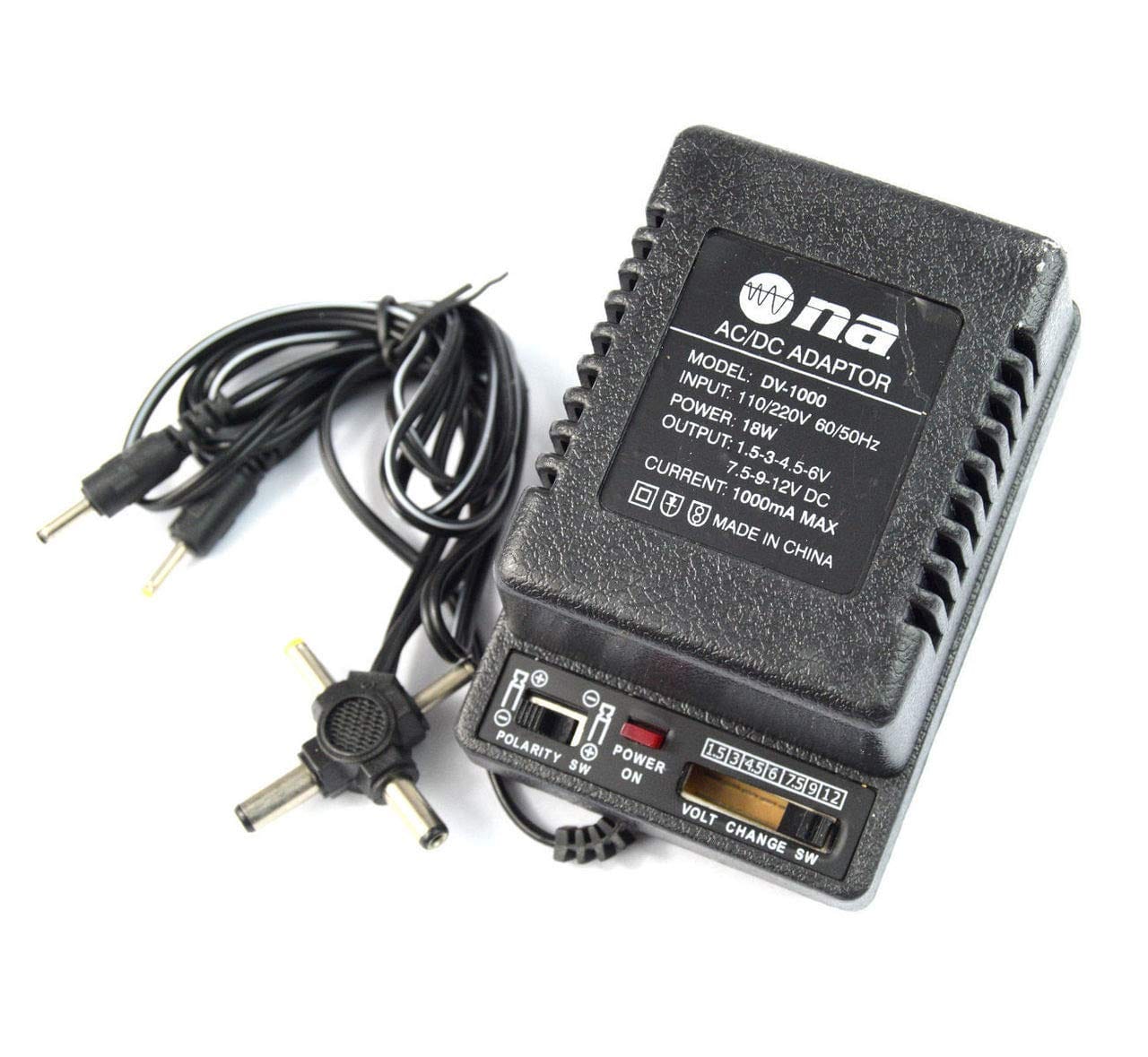
See, the SNES used a proprietary AC barrel jack connector. Most devices use a DC connector. I didn't know the difference at the time and, thankfully, none of the modular barrel jack connectors fit the SNES's jack. Back then, I would've tried putting 12 volts DC into the SNES and reversing the polarity in an attempt to get it working. I'm not saying that would have fried the system... but it wouldn't have been good for it.
But I had to go out and mow lawns that summer so I could buy myself an official power adapter. So that's my childhood flaw with this device.
However, we've also got a retrospective flaw. The notorious yellowing issue that many SNES's have endured over the years.
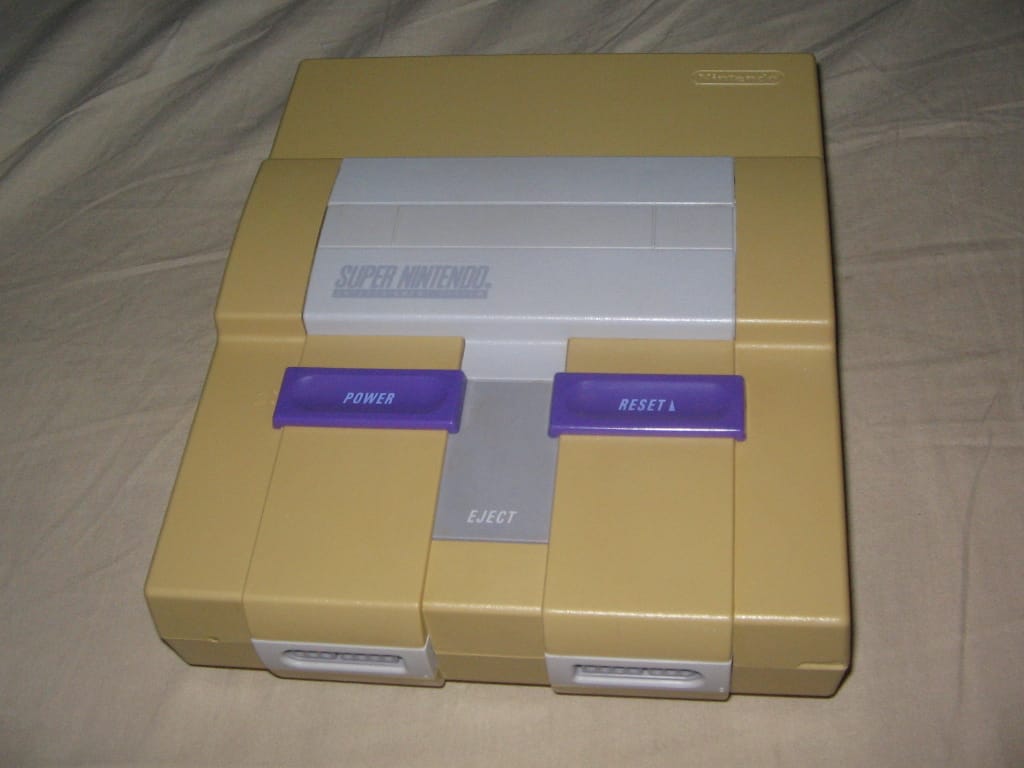
This happens because there's a flame retardant chemical that was sprayed onto the systems. This chemical reacts with the plastic and UV light to add a gross, beige patina to the vintage hardware.
You can retrobrite your systems to resolve this issue (temporarily) but I've also read reports that this process can cause your console's shell to become brittle.
Flaws:
Proprietary AC power adapter, yellowing shell issue.
1995 - Virtual Boy
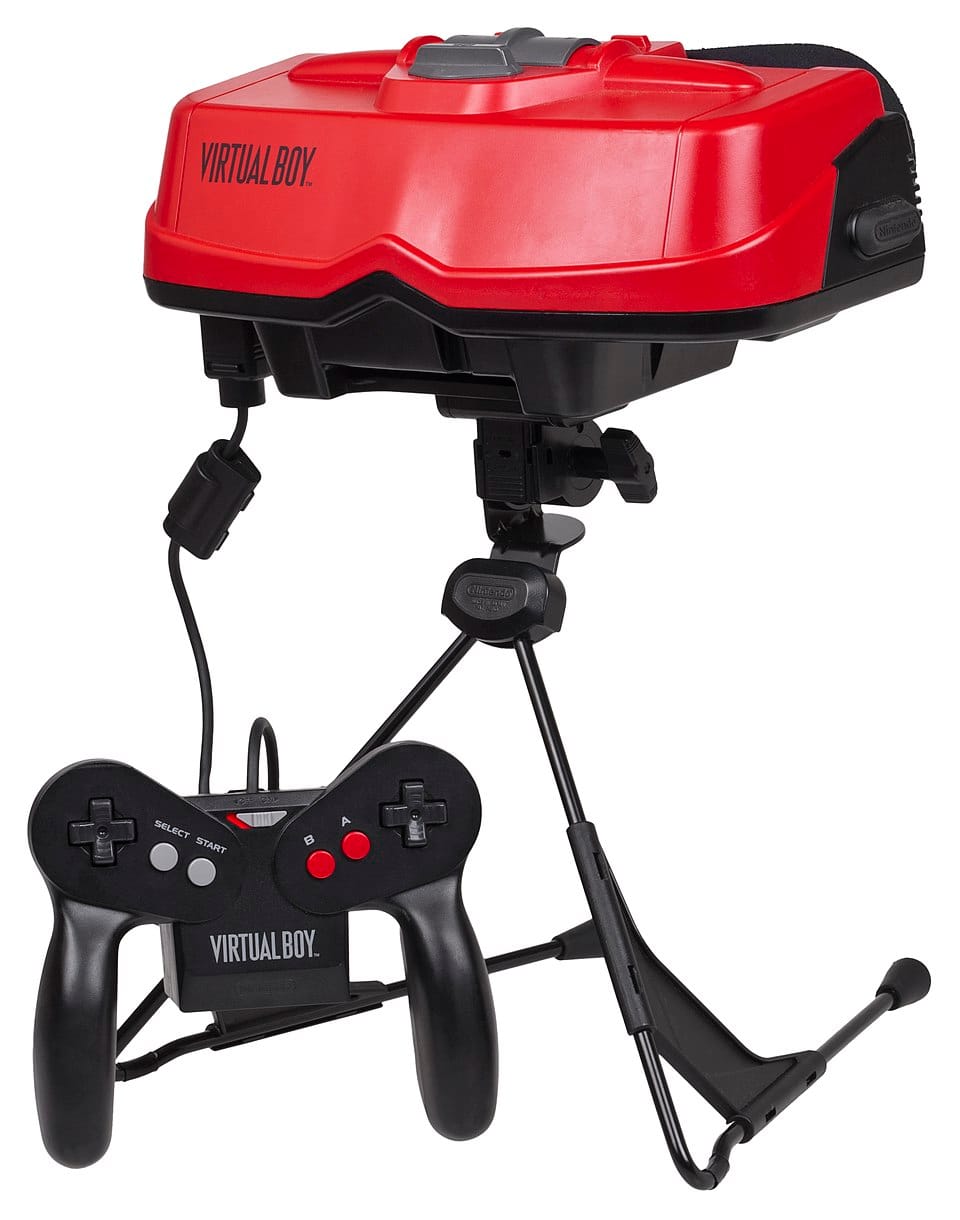
The Virtual Boy sigh. I remember playing this at my friend Matt R's house when I was in elementary school. I also remember how dizzy I felt after using it and how underwhelmed I was by Mario Tennis.
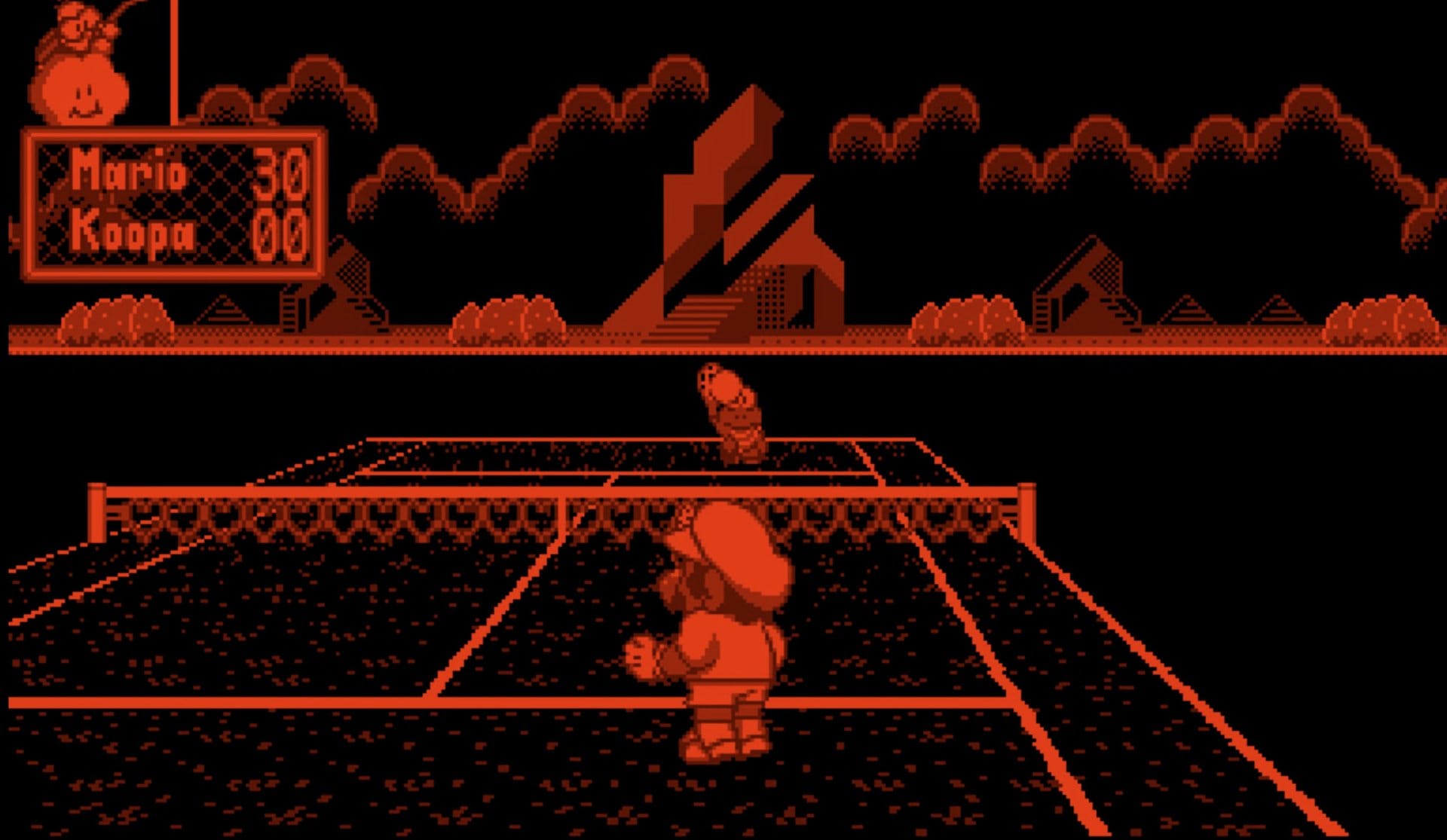
It's Nintendo's worst console by a country mile, with its smallest library of games (only 19 in the US) and an install base of fewer than one million units, the Virtual Boy was a critical and commercial failure.
Not to mention, the fundamentally broken ergonomics, the controller, and the disgusting, retina-burning red display makes for an absolute failure.
Flaws:
It's the Virtual Boy.
1996 - Nintendo 64
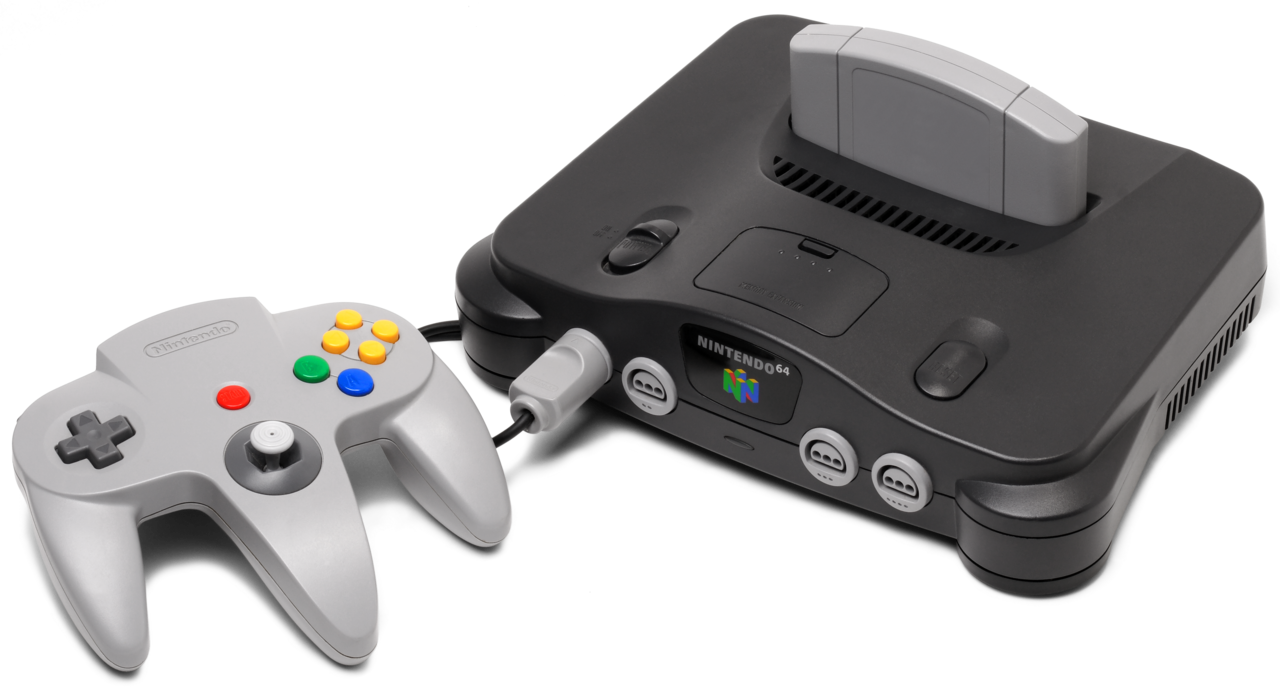
The N64 was a transformative system for me. I played all kinds of titles growing up: Mario 64, Smash Bros, Perfect Dark, Pokemon Stadium, WWF No Mercy, Starfox 64, Wetrix...
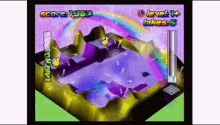
While I have a lot of nice things to say about the 64, this is not an article about fond memories. No. This is about all the ways Nintendo has cheaped out and produced sub-par consoles.
And the N64 has a ton of issues. First, from a technical perspective, there's the insanely limited memory bandwidth and texture cache constraints of the console. This is a big deal. It means that–from a game dev perspective–titles are limited in the size and detail of their textures.
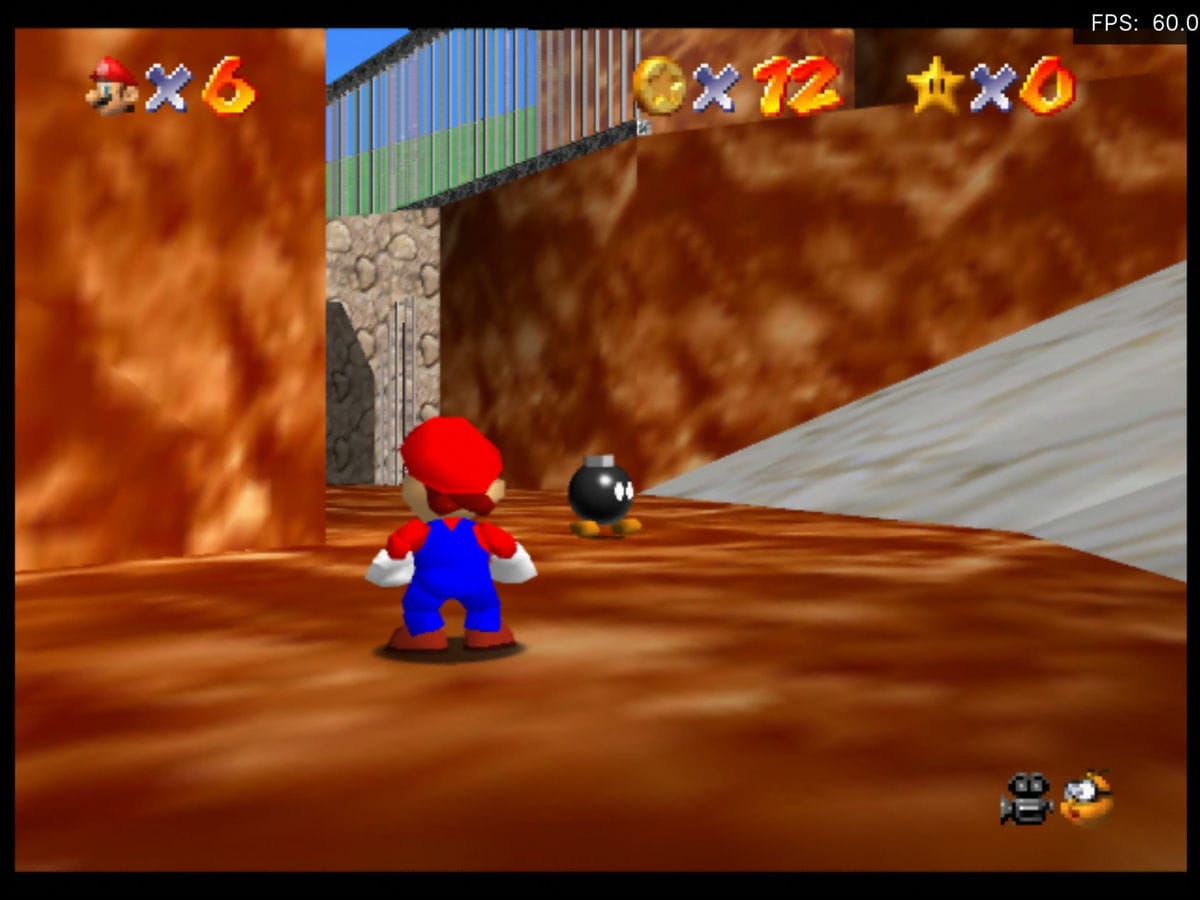
Also, the N64 was released at the dawn of the optical media era and Nintendo's decision to go with cartridges placed them at a massive technical disadvantage. It led to lackluster third-party support (thankfully, that's the only time we'll be mentioning that in this article </sarcasm>)
The biggest flaw of the N64 is the controller.
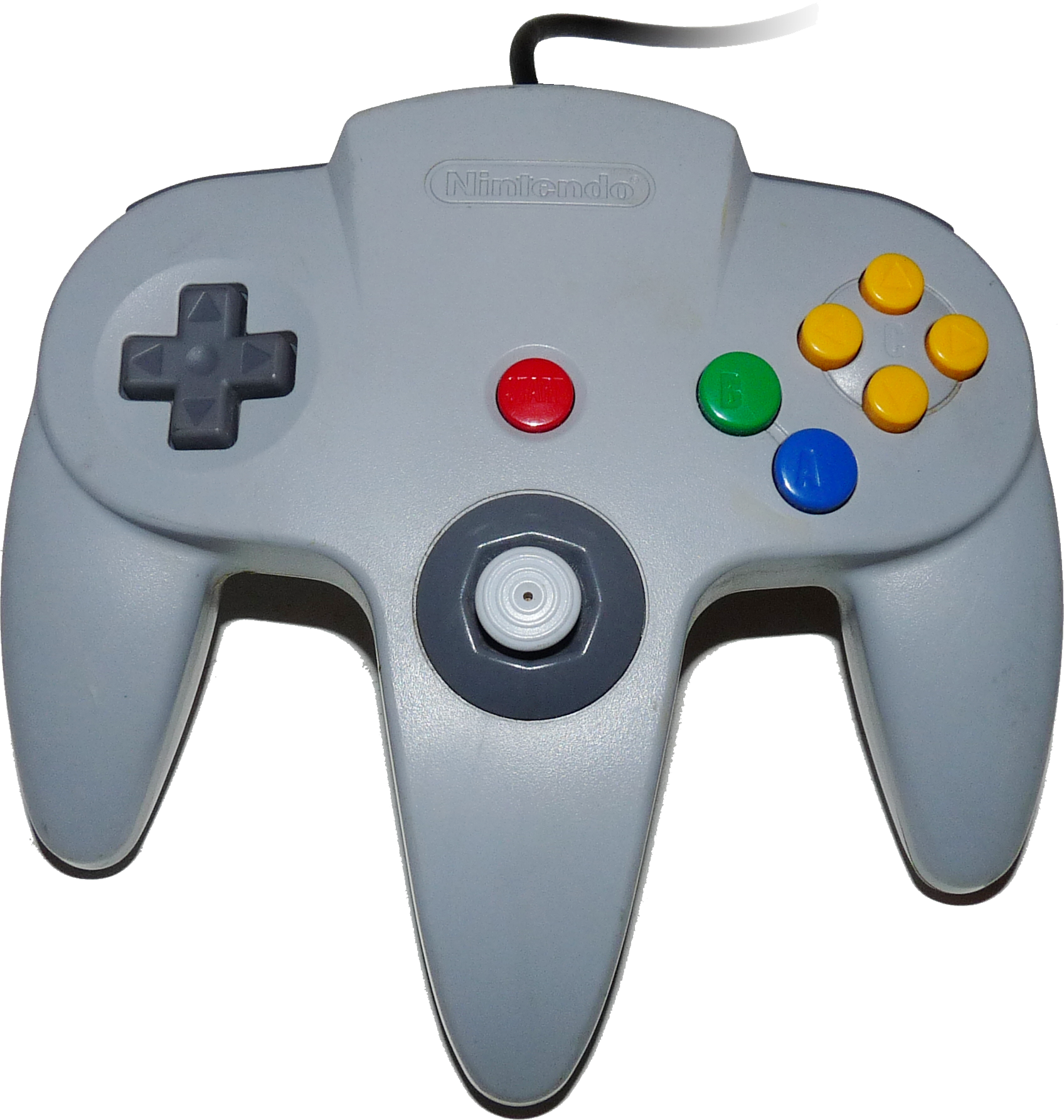
Don't get me wrong, it's got that signature Nintendo weirdness that makes it almost charming... and at the time, this was a big leap forward for controllers. Especially since they needed to accommodate 3D gameplay.
The three tine design was categorically strange. And today, my man-sized hands simply don't fit well between the left and middle prongs when I revisit the classics. But I'm also a giant... so that's a me problem.
However, the real issue was the analog stick. Or the control stick as they called it. Not only could the hard plastic tip give you blisters, but repeated use would literally grind down the stick's innards leading to insane stick drift. Thankfully this is the only time we'll be talking about stick drift in this article...
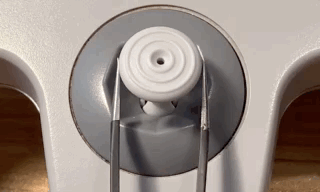
Flaws:
Limited memory bandwidth/cache, terrible controllers, degenerative stick drift.
1998 - Game Boy Color
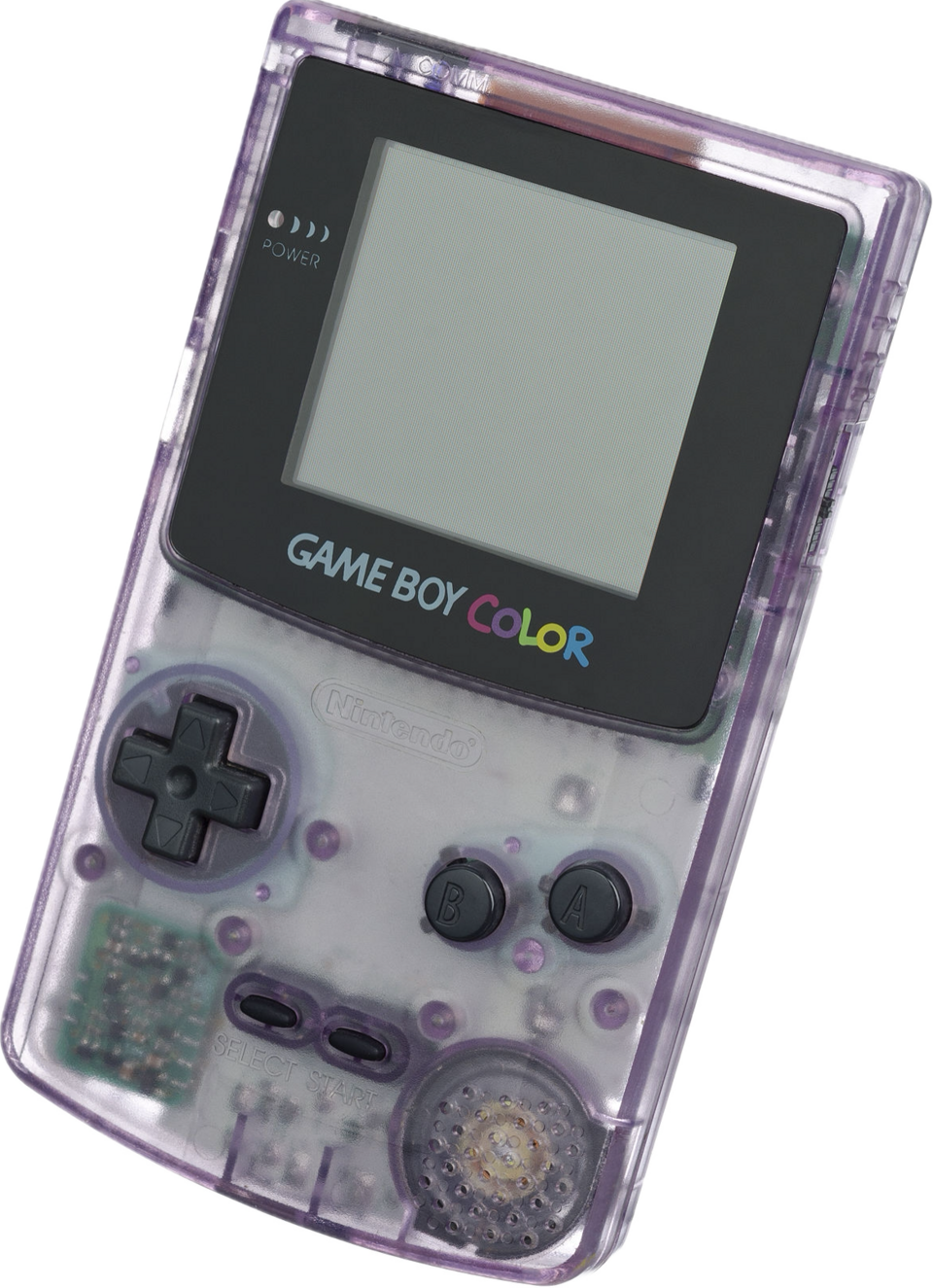
The Game Boy Color had all the same issues that the DMG-01 did, but this time in color.
The screen was not backlit and, by this time, most competing devices had some kind of backlight. This required that you play your GBC in a well-lit room.
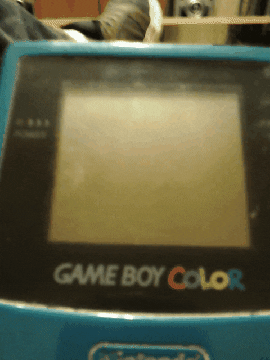
It also saw reviews at the time criticizing the fact that the Color was still 8-bit while the other competitors had moved on to 16-bit.
I find this criticism to be largely moot since, well, I'd take just about any first-party Game Boy Color title over any 16-bit title from any competitor any day of the week.
However, this does show a trend of Nintendo being extremely conservative when it comes to upgrades and, I believe, it's what we'll see with the Switch 2 when it launches in June.
Flaws:
Limited upgrade over the original without solving the biggest problem with its predecessor's hardware.
2001 - GameCube
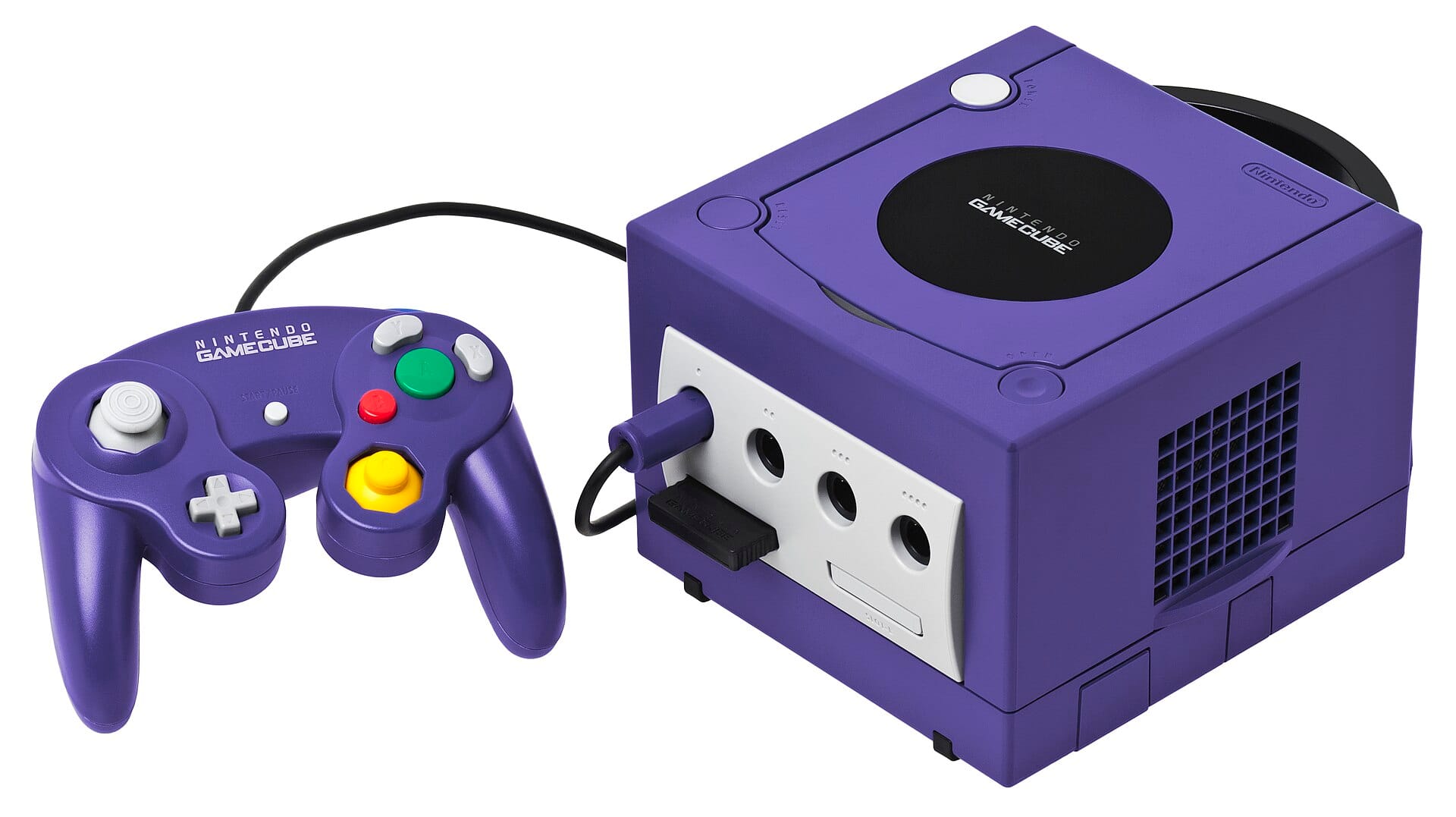
Next up, 2001's GameCube. This might be my favorite Nintendo system. It's got some of my favorite games including Smash Bros Melee, Super Mario Sunshine, F-Zero GX, Wind Waker, Metroid Prime, and others.
However, the GameCube's biggest flaw at launch was the lack of DVD playback support (for several reasons).
If you look at the sales of the PS2 and even the original Xbox, they beat the GameCube due in no small part to their DVD capabilities.
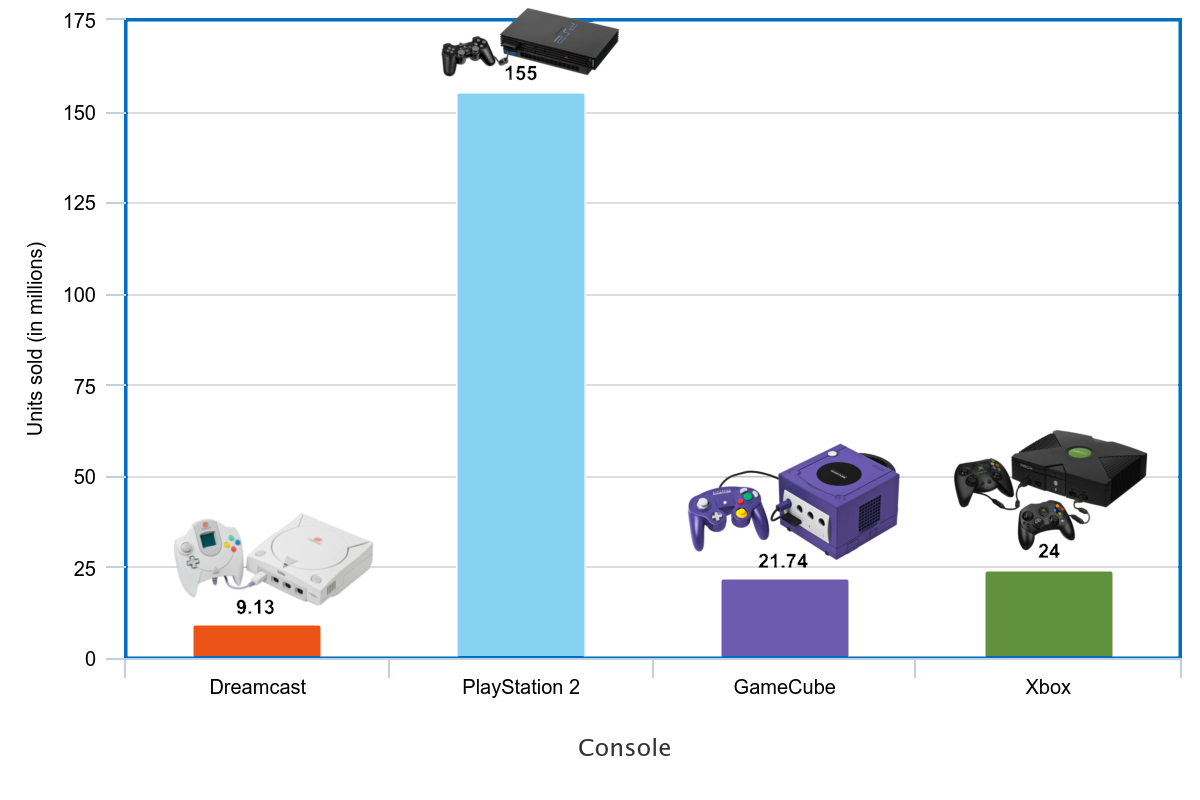
It's interesting, though, that most of the flaws on this list were either a problem at launch that persist or are only a problem in hindsight. Yet, today? The lack of DVD playback is not an issue at all.
Unless you count my next point, of course.
Historical context is key. If the GameCube had supported DVD playback, games would have been distributed on full size discs. That would mean the GameCube would have 4.7 GBs of storage per disc rather than the 1.4 GB of the mini DVDs that it actually used. That would have probably meant broader support from third party developers and, in turn, it may have meant a wider install base for the Cube.
Flaws:
The use of mini DVD media and the lack of DVD video support.
2001 - Game Boy Advance
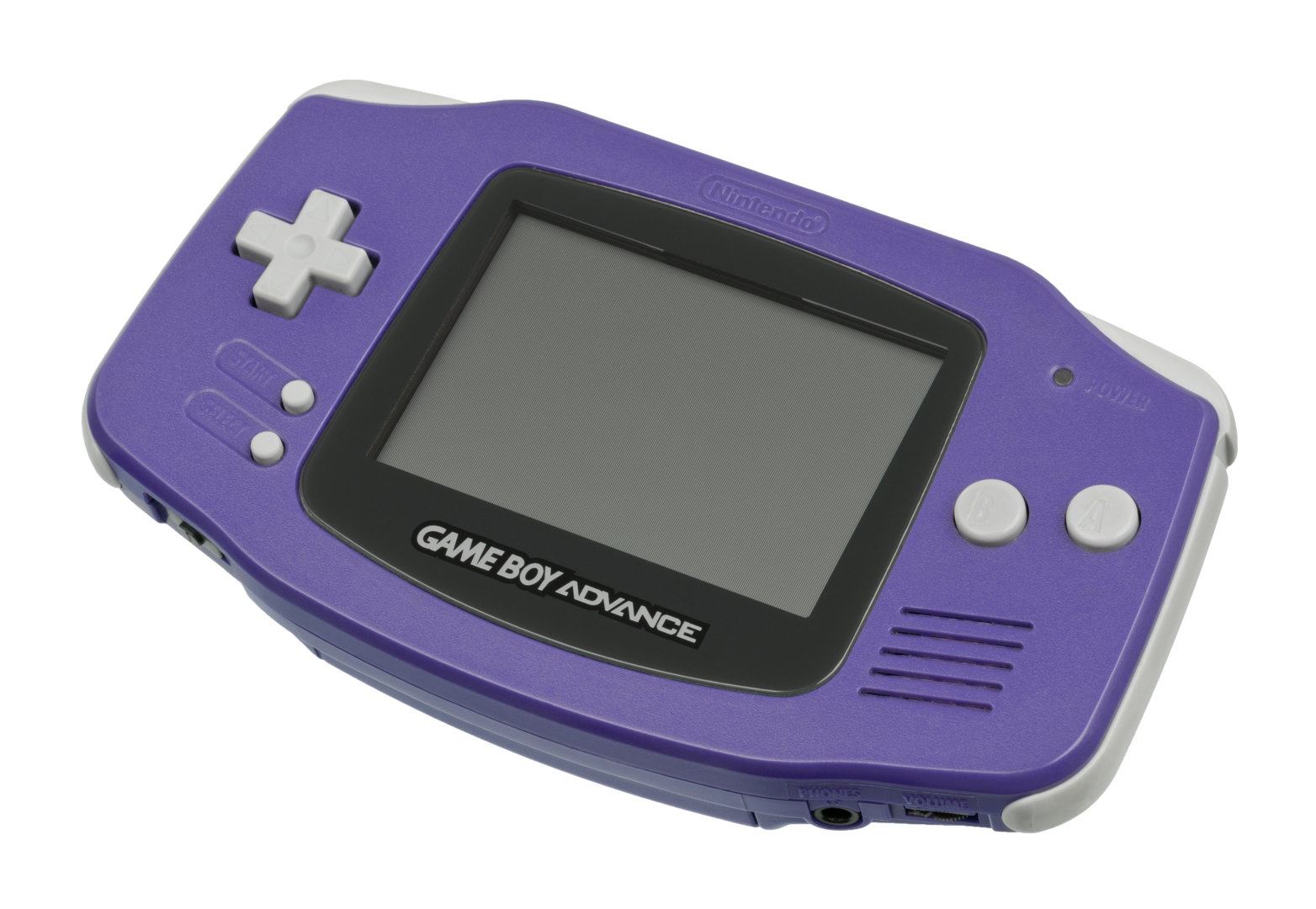
The GameBoy Advance was a major step up for Nintendo handhelds. With a 32-bit ARM processor and the addition of L and R buttons, the GBA established itself as the definitive handheld of the era.
Many classics abound including Mother 3, the Super Mario Advance series, Zelda: Minish Cap, Metroid Fusion, and impressive ports of games like Doom II and Duke Nukem Advance.
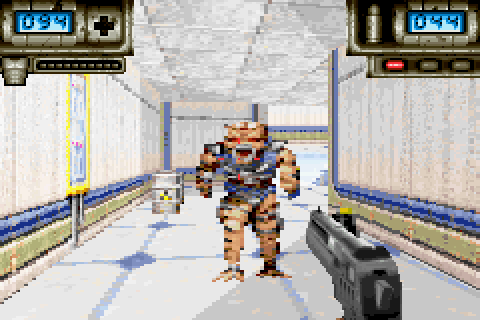
But the biggest flaw of the GBA was, again, the lack of a backlight for the screen. Literally a decade-old problem at this point, but I digress.
Another issue that I personally have with the Advance is the lack of dedicated sound hardware. The ARM7 CPU had to dedicate precious compute cycles to generate all the sounds the device produced. And because of that, they end up sounding particularly crunchy.
Flaws:
Lack of a backlight for the screen (at that point, an issue that had persisted across three generations), and lack of dedicated sound hardware.
2004 - Nintendo DS
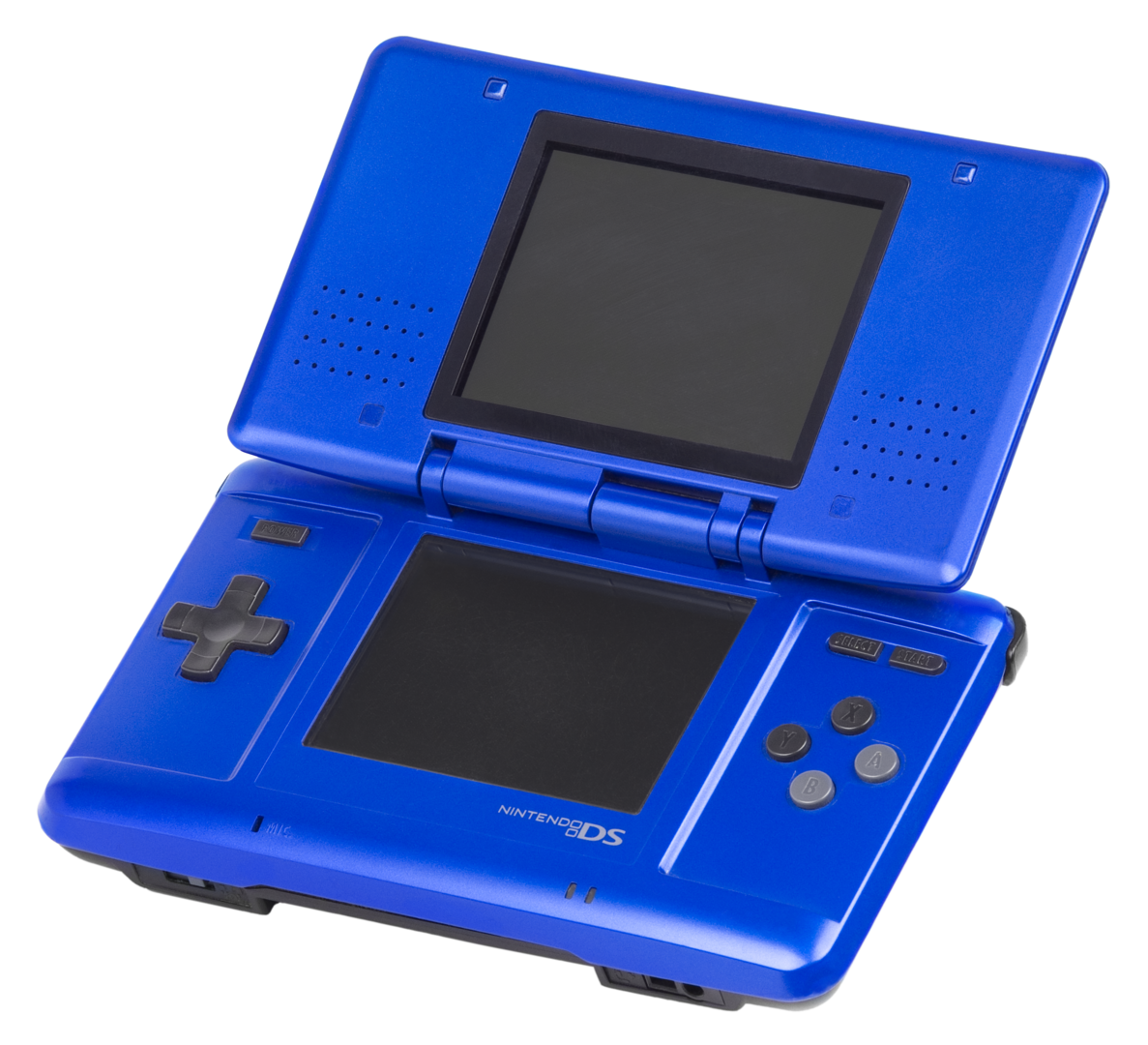
The DS... a system so nice, they gave it two screens.
I've gotta be honest. I didn't pay much attention to this system. The two screen thing seemed like a gimmick (thankfully, that's the last time I'll be mentioning that in this article).
While my other cousin had one and it seemed almost kinda neat, I was way more interested in the PSP.
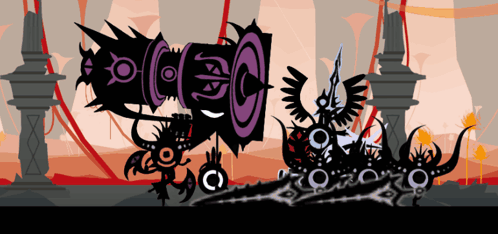
The DS had lots of problems, though. The first one was that the tiny little stylus got lost. My cousin lost his stylus in the first few months of owning the thing. That's just bad product design.
But another issue was the hinge. The hinge on the DS broke quite frequently. And for a product that was targeted at kids, that was not a good thing.
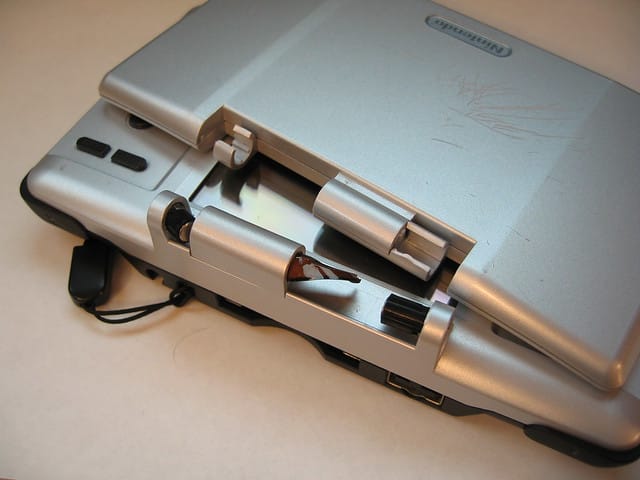
Flaws:
Brittle screen hinge, stylus was easily lost.
2006 - Wii
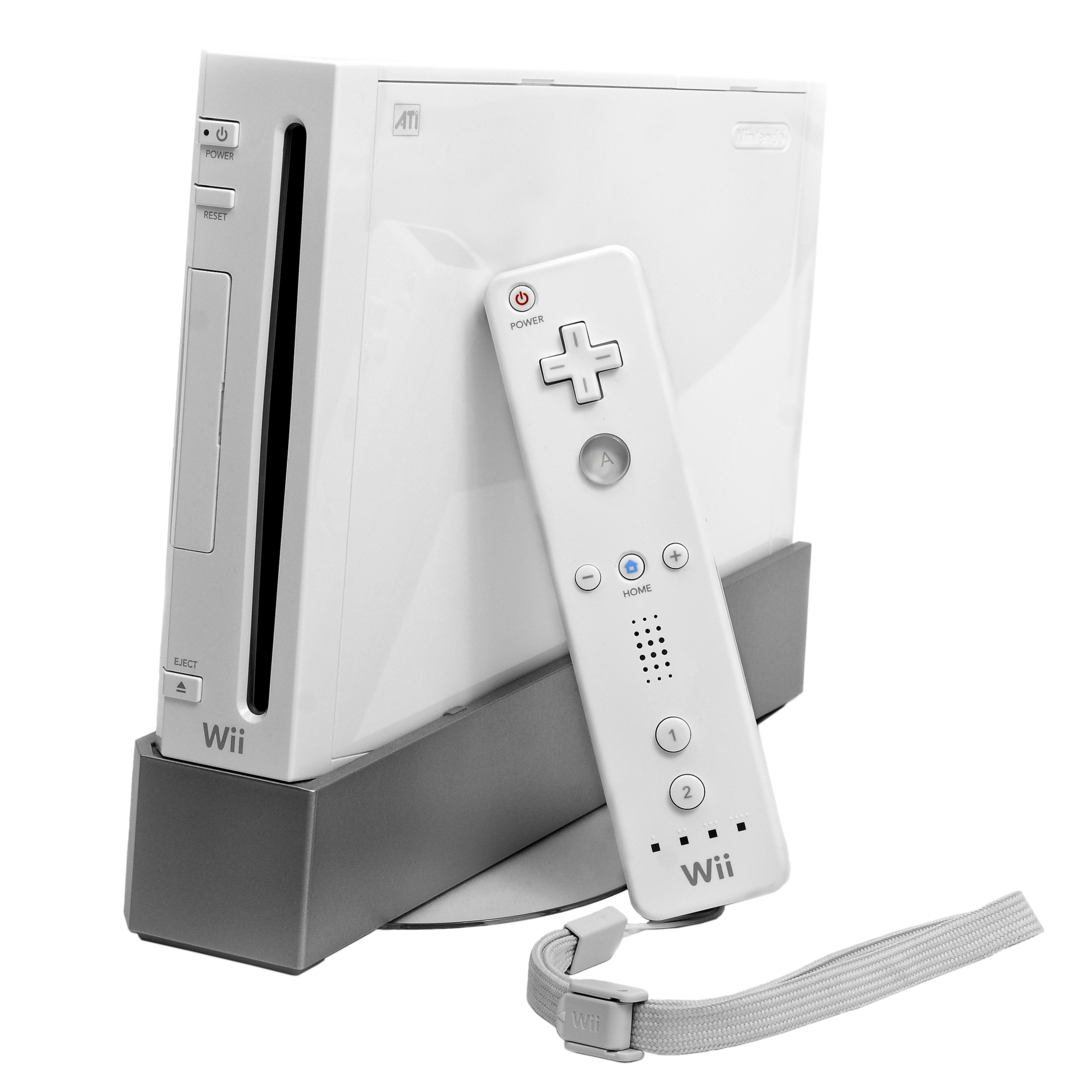
My first experience with the Wii was actually kinda nice. I remember picking up a Wiimote and waggling my way through a terrible approximation of bowling... and then thinking "heh, cool."
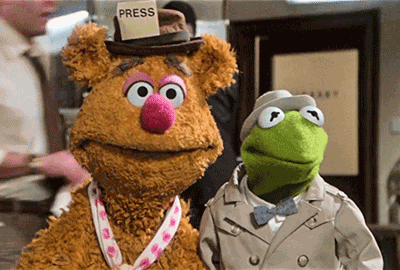
But frankly, the waggling was the Wii's biggest issue. The waggle appealed to folks who didn't know any better (read: non-gamers) while souring "core gamers" to the idea of motion control.
I believe that today's veteran console gamers hate motion controls because of the waggle gimmicks of the Wii. The motion control on the Wii was not great, so it's understandable. But it was so bad that it ruined the perception of motion controls. Even though today, gyro aim with a controller is an objectively better experience than aiming with an analog stick alone.
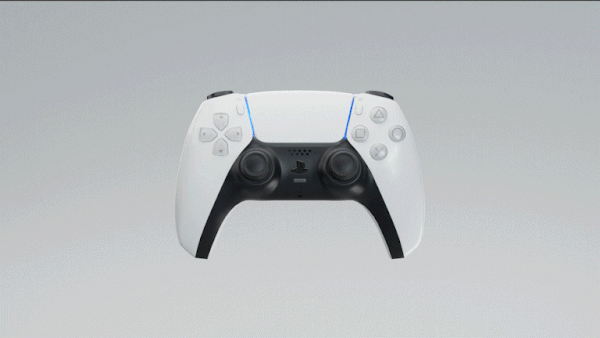
See, the Wii was innovative insofar as it was able to get your grandpa up out of his lift chair and playing fake tennis... but as far as hardcore gamers go? The Wii was an absolute joke.
The Mario Galaxy games were fun. Wario Land Shake It was interesting... but like... I can't think of many other Wii games that I want to revisit.
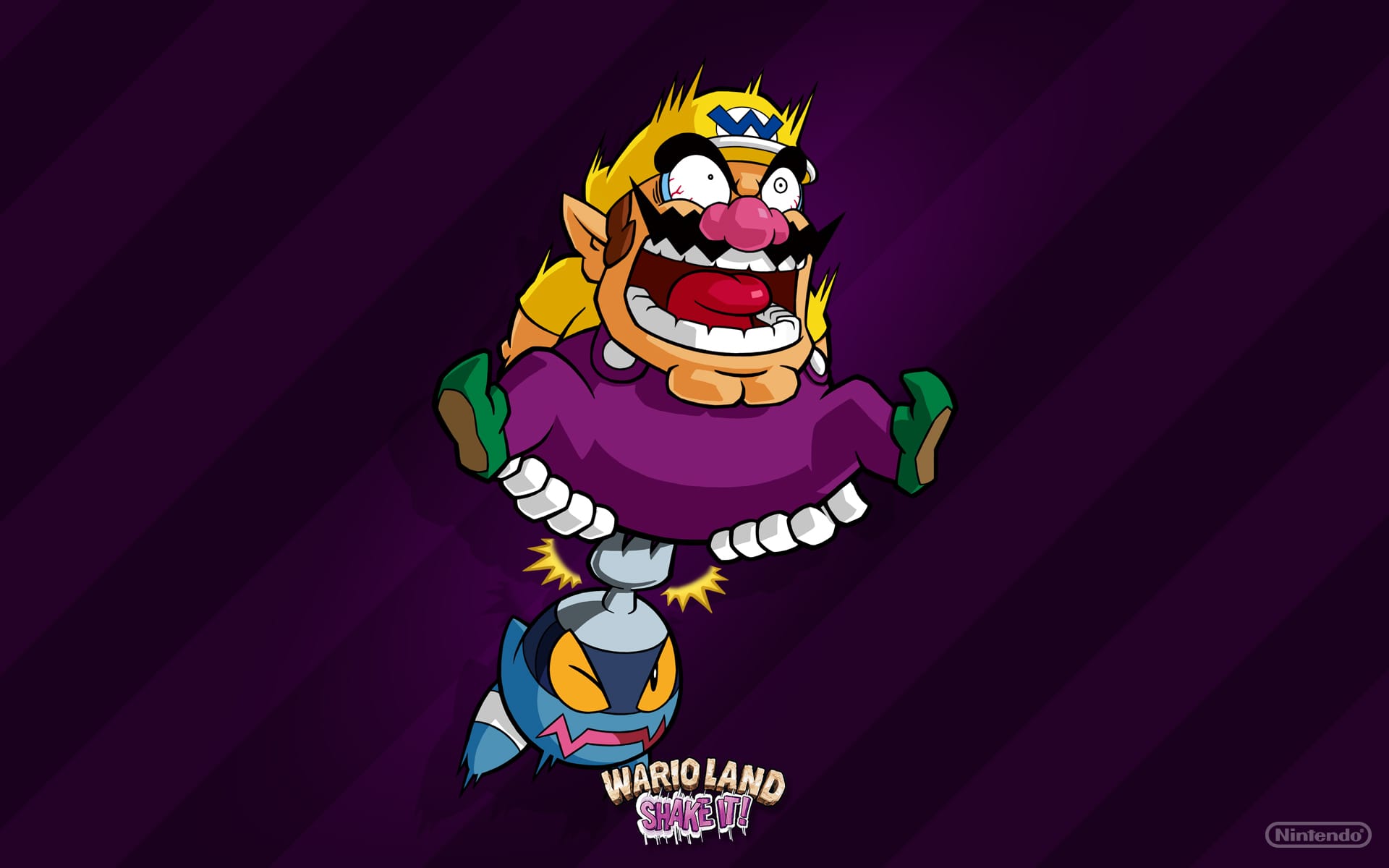
Also, the lack of HDTV support would be excusable... if both its competitors had also excluded this feature. But for God's sake, the GameCube was better positioned for HD output with its digital out port!
It's also yet another example of Nintendo ignoring the advancement of technology and just laying a soft-boiled egg instead.
Flaws:
Wiimote waggle gameplay, lack of compelling first- or even third-party titles, zero HDTV support.
2008 - Nintendo DSi
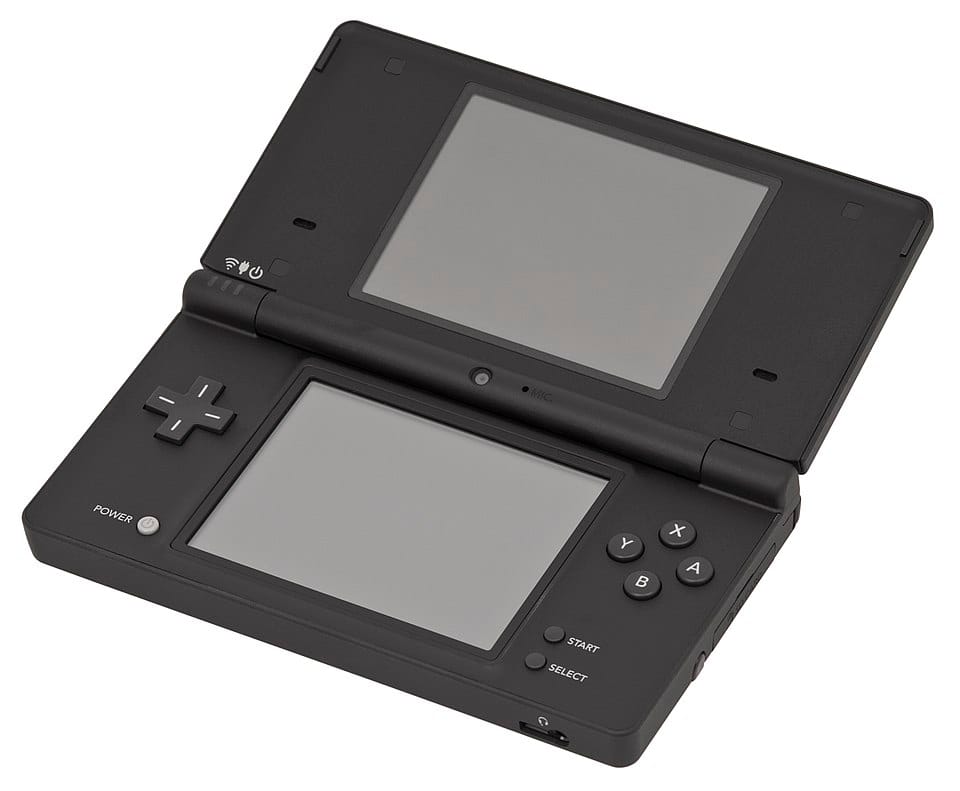
As I said before, I kinda steered clear of the DS handhelds. That includes the DSi. So I had to do research about this and I didn't have to look very far. The DSi had notoriously brittle shoulder buttons. They'd break if you dropped your system, they'd break if you just played your system... heck, they'd break if you looked at it funny.
But another issue was that the DSi ditched the GBA port. This meant that there was no longer any backwards compatibility with Metroid Fusion or Mother 3... and at that point, why does this thing even exist?
Flaws:
Flaky/brittle shoulder buttons and lack of GBA port.
2011 - Nintendo 3DS
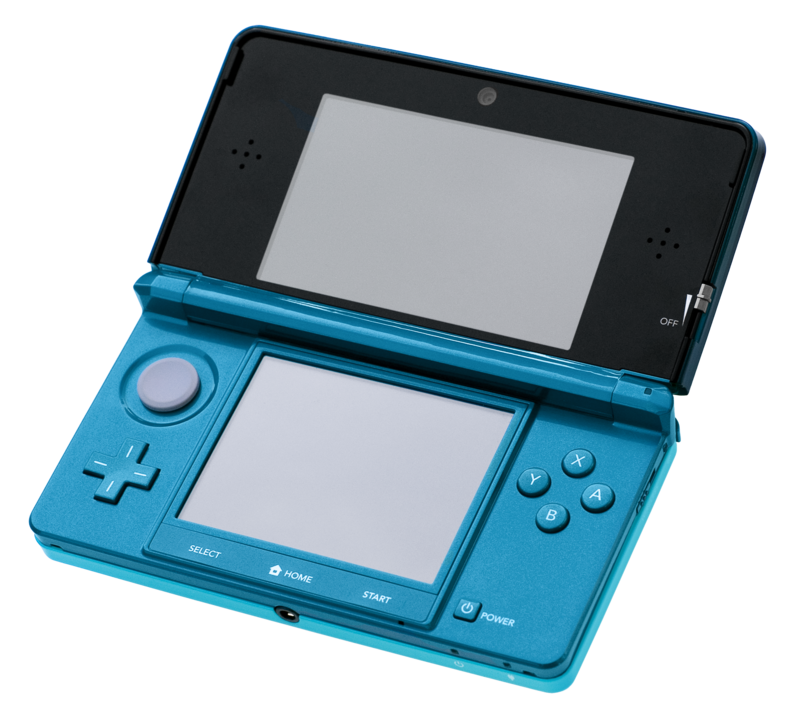
I bought a 3DS at a yard sale on a whim. It turned out to have all the ambassador games on it. It was pretty neat.
But the fact is: the 3D screen was a huge detriment to the console. The manual for the 3DS stated that kids under the age of six should not play with 3D enabled. This was because it could impair children's developing eyesight.

Nintendo. I know this was over a decade ago... but Nintendo. You're just gonna scare off parents and shoot yourself in the foot like that? You're gonna make a console where the primary gimmick will age-gate the device from your main demographic? You doing okay?
Not to mention, at least on the launch model, the 3D only worked from one very specific angle and one fixed distance from your face. I could never comfortably play games with 3D turned on and so–I didn't. I left the 3D stuff off 99% of the time... and so there were some games that didn't even take advantage of it. It was so underutilized that they were able to release a cost-reduced 2DS a few years later and pretty much every game worked just fine with it.
Flaws:
The 3D screen gimmick was poorly implemented, uncomfortable to use, and it could damage children's vision.
2012 - Wii U
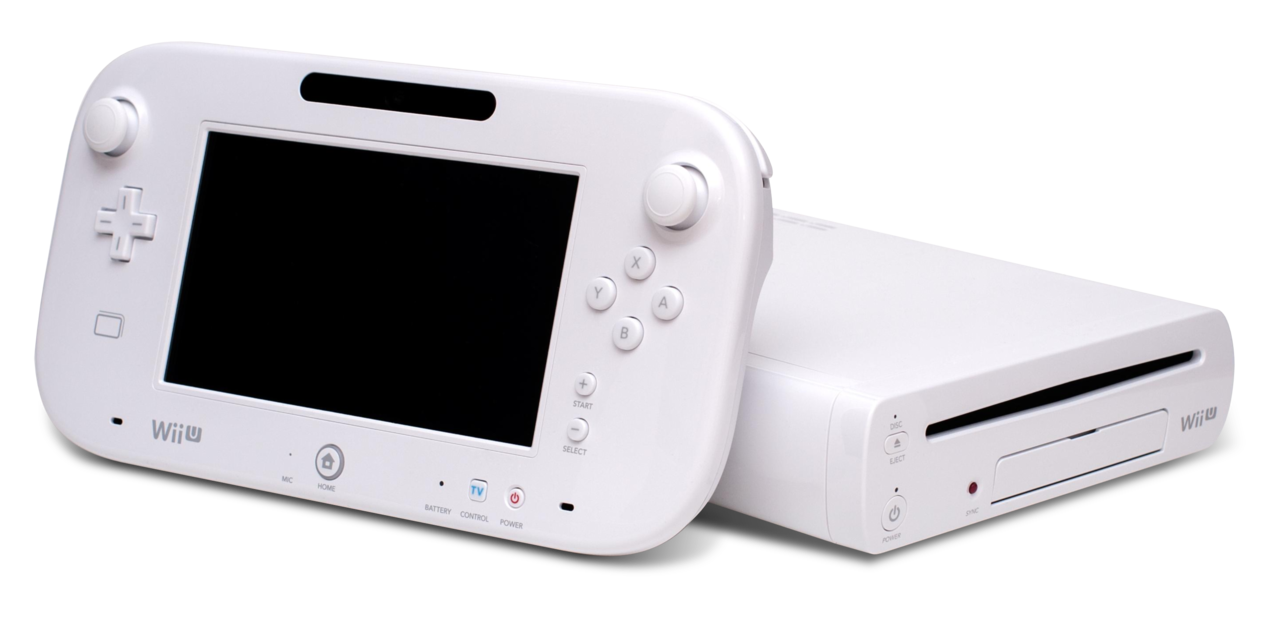
The Wii U was Nintendo's second biggest blunder after the Virtual Boy. Their marketing was terrible, the naming was confusing, and the console was a pathetic first attempt at "next-gen." (Next gen relative to the Xbox and PS2, that is...)
I've tried not to talk too much about the games for these systems in this article because frankly, barring the Virtual Boy, each system has a tremendous catalog of fun and exciting titles. Granted, most of them are first party Nintendo titles... and that's pretty much the only reason to own a Nintendo console.
But here... the Wii U is the exception. Nintendo Land, Mario Tennis, Star Fox Zero, New Super Mario Bros U, the profoundly baffling Paper Mario Color Splash... like... were they even trying?
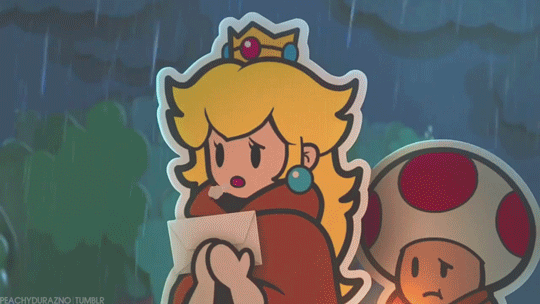
There wasn't even a 3D Mario entry on the console where the previous generation got TWO OF THEM. And, no, despite having "3D" in the name, Super Mario 3D World doesn't count. 3D World is fun, but it's kind of its own thing rather than being part of the mainline 3D Mario games.
The Wii U's gamepad/tablet thing is also a problem. You can't use the system without it. You can't use more than one at a time. It's weirdly region locked. And the dual screen thing was an ham-fisted gimmick that went even more unutilized than the 3DS's 3D screen.
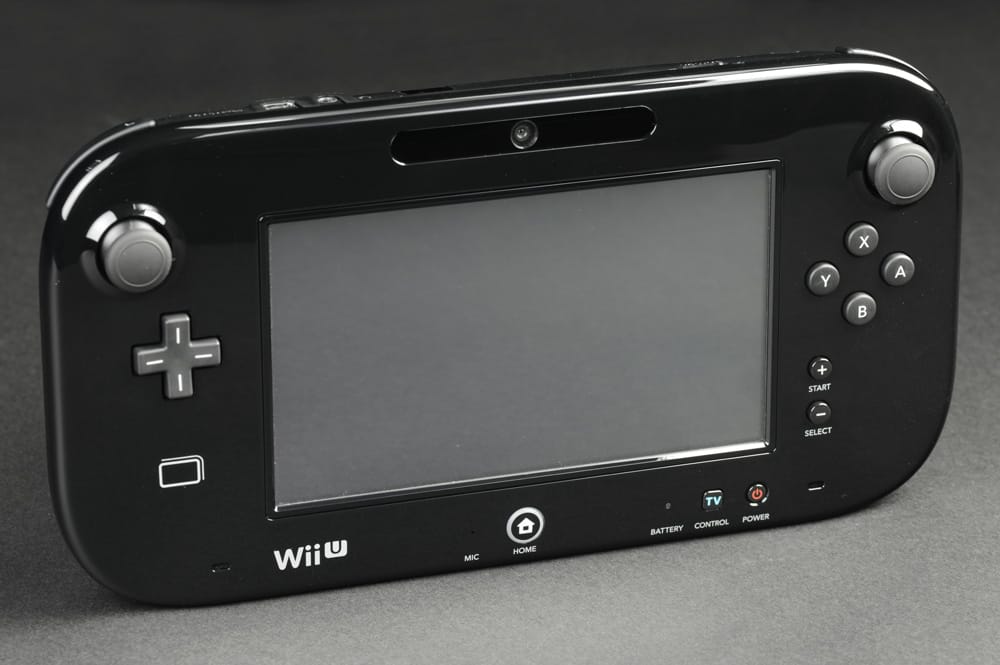
Finally, the console is dog slow. It took forever to launch games. It took even longer to update the thing.
But hey, they at least had HDTV support this time around...
Flaws:
Underutilized gamepad gimmick, underwhelming lineup of first-party titles, lame lineup of third-party titles, and incredibly slow system architecture.
2017 - Switch
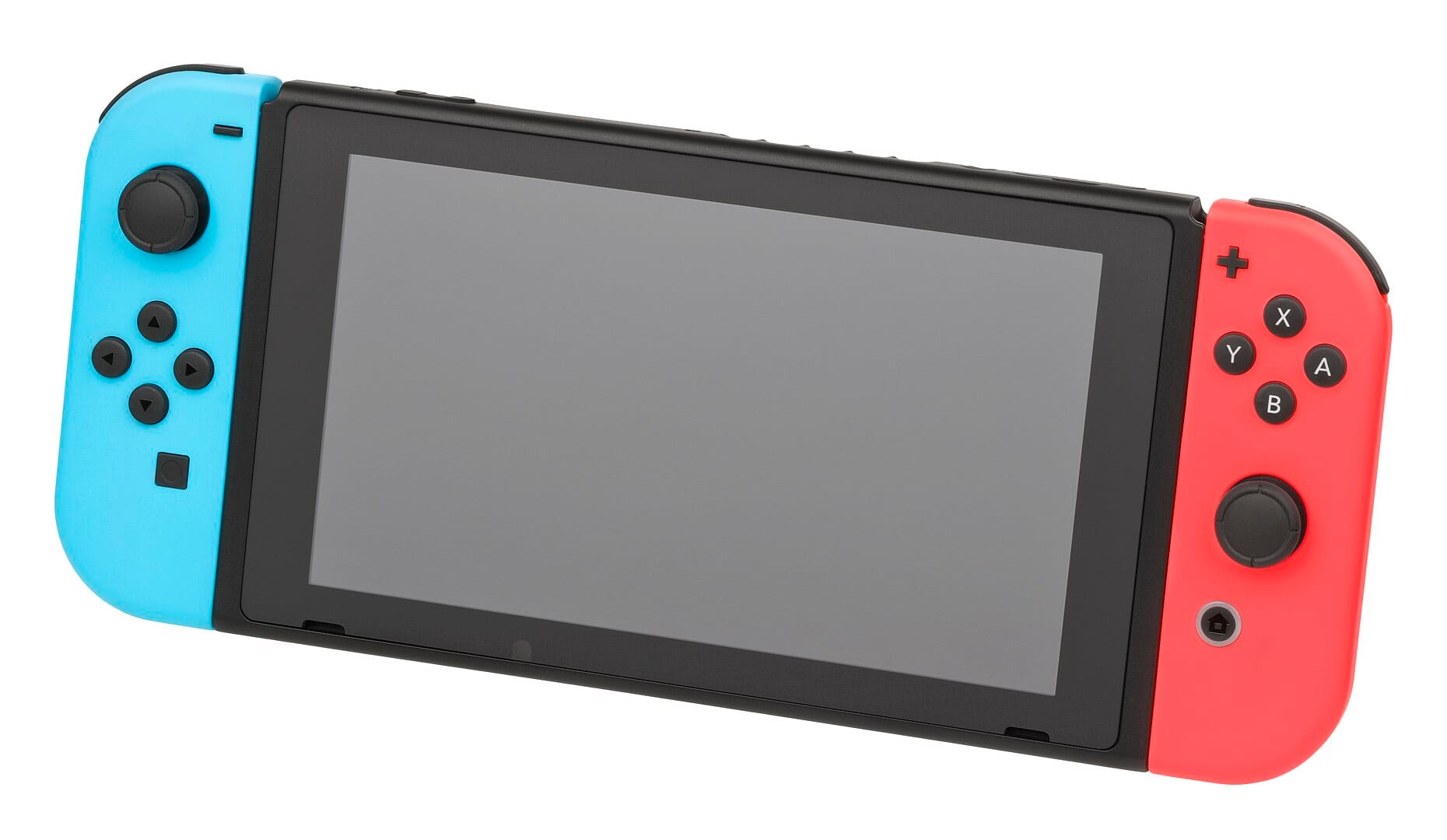
Well, the Nintendo Switch. What can I say about this thing?
Frankly, I bought a Switch within the first few months of launch because there was that hardware backdoor which opened the door to homebrew. That's not a flaw, though. I'm gonna be generous and give the Switch a bonus point for that.
But the Switch has so many issues that I can't even hope to cover them all here.
First of all, the Switch has a heat problem. After you've played your Switch for years, it can start to bow. It's usually a fairly slight warping, but it's noticeable and can't be good for the screen.

Realistically, though, JoyCon Drift is probably the first problem that came to mind. It's one that I've encountered on my launch-day JoyCons and–I can't stress this enough–I've only beat Super Mario Odyssey and Metroid Dread using them. That's it.
Every other game I've played/beaten on Switch was in docked mode with a Pro controller.
According to howlongtobeat.com, Mario Odyssey is a 12.5 hour game and Metroid Dread is a 9 hour game... tack on at least another 10 hours because I suck at video games and we're looking at no more than ~32 hours of playtime on these JoyCons. Yet the drift is absolutely real.
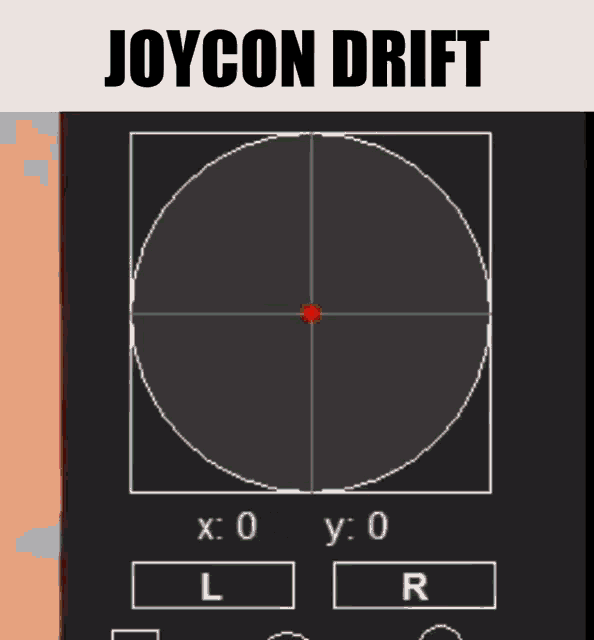
It's a serious issue. One, mind you, that Nintendo still hasn't properly acknowledged. But that's not even the system's biggest flaw in my book.
One thing I've alluded to a few times in this article is Nintendo's... ahem... Nintendo-ness?
Nintendo is a weird company. They make weird consoles that take risks. Most of the time those risks pay off and move the industry along. Sometimes they don't... but often they do.
The portability/convertibility of the Switch is something that has sent shockwaves through the gaming landscape. Particularly in the PC world with the Steam Deck. So that's a commendable risk to have taken, for sure.
But one thing that the Switch is not? It's not really a Nintendo console. At least, the software experience doesn't feel that way.
The GameCube, the Wii, the 3DS and yes, even the Wii U. Their system software is iconic.
It was to the point where, back in the Wii era, Microsoft and Sony wanted to be Nintendo. Hell, the Xbox brought their avatar system to the 360 because of Nintendo's Mii system.

Where's the Mii Maker app on the Switch? It's hidden in a submenu of the System Settings!
Besides a few playful sound effects, the system software is as soulless as the 360's avatars!
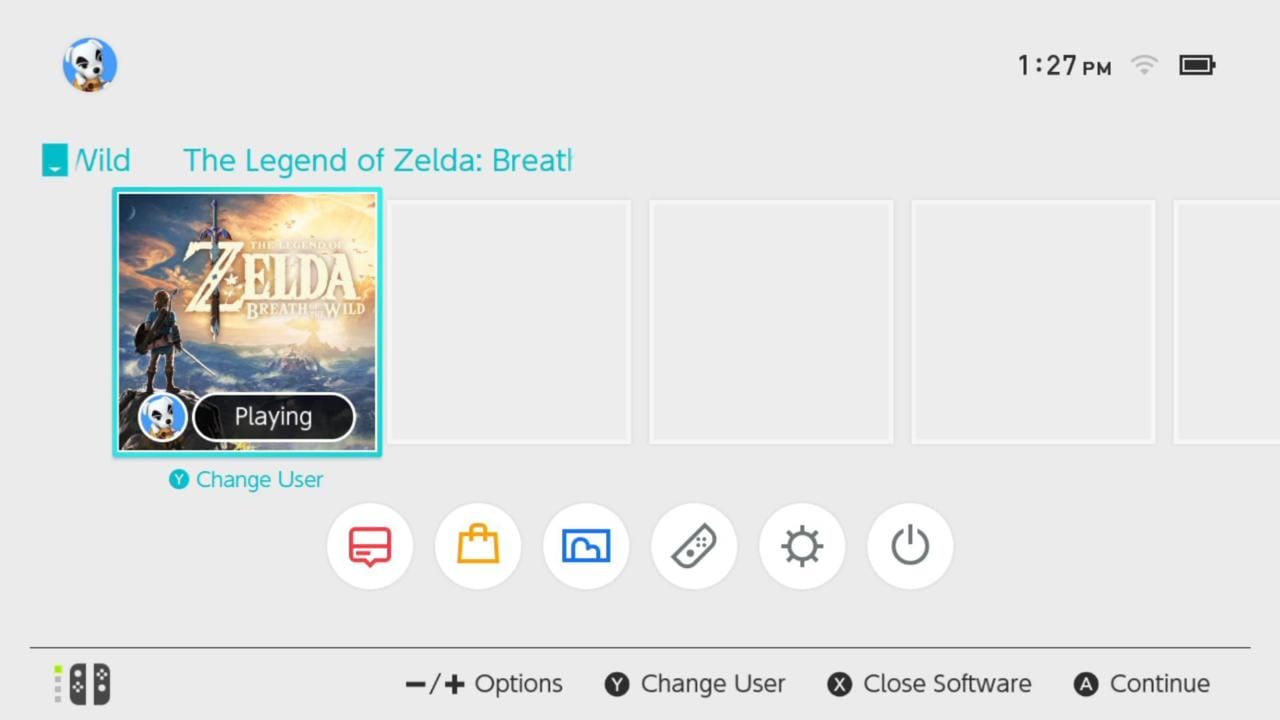
I mean, the design is clean and relatively modern. But that's not Nintendo's style. Nintendo is literally the definition of the Frutiger Aero aesthetic.

Every other console menu has some kind of warm music going on in background. Ambient, inviting sounds that let you know you're in a safe place.
The Switch? The most it can offer is a bit of light coil whine.
Also, Nintendo Switch Online. It's a bad service that's not worth the price tag. The Switch launched with free online play only for Nintendo to erect their paywall afterwards.
Gating online play behind a paywall is borderline criminal behavior in my book (and I don't even play online games). But friend codes suck. Lack of party chat sucks. Their selection of emulated games is a massive step down from Virtual Console. And it's just a lame overall experience.
Flaws:
Thermal issues, JoyCon drift, the system software has ZERO character, NSO is a lackluster service.
Concerns about the Switch 2:
The Switch is the least Nintendo-y Nintendo console. And that's dangerous because it's also Nintendo's most successful console.
With all the announcements surrounding the Switch 2, it seems like the lesson they learned from the Switch was: "don't be weird, don't take risks, and you will be rewarded."
Also, "rip everyone off and you'll be even more rewarded."

Frankly, that's a bad lesson for them to learn because the gaming industry is one of the worst, most complacent, most lazy, and risk-averse industries that I regularly interface with and... well, Nintendo used to do things differently. They at least tried new things.
That's why I can't hold out hope for the Switch 2. It looks like more of the (boring) same. I suspect we'll still have JoyCon drift. I suspect we'll have thermal issues. And I think we'll have even more anti-customer behavior.
Now? Who's going to push the industry forward?


